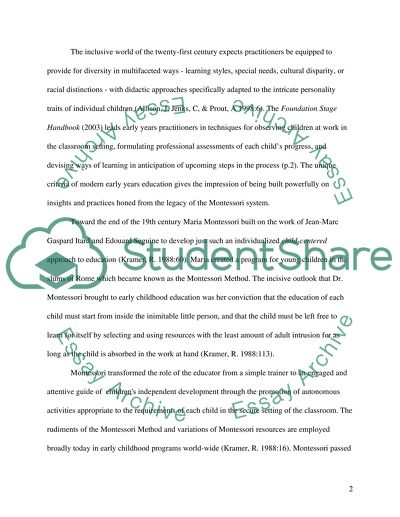Cite this document
(“Perceptions of Childhood Essay Example | Topics and Well Written Essays - 2500 words”, n.d.)
Perceptions of Childhood Essay Example | Topics and Well Written Essays - 2500 words. Retrieved from https://studentshare.org/miscellaneous/1526067-perceptions-of-childhood
Perceptions of Childhood Essay Example | Topics and Well Written Essays - 2500 words. Retrieved from https://studentshare.org/miscellaneous/1526067-perceptions-of-childhood
(Perceptions of Childhood Essay Example | Topics and Well Written Essays - 2500 Words)
Perceptions of Childhood Essay Example | Topics and Well Written Essays - 2500 Words. https://studentshare.org/miscellaneous/1526067-perceptions-of-childhood.
Perceptions of Childhood Essay Example | Topics and Well Written Essays - 2500 Words. https://studentshare.org/miscellaneous/1526067-perceptions-of-childhood.
“Perceptions of Childhood Essay Example | Topics and Well Written Essays - 2500 Words”, n.d. https://studentshare.org/miscellaneous/1526067-perceptions-of-childhood.


